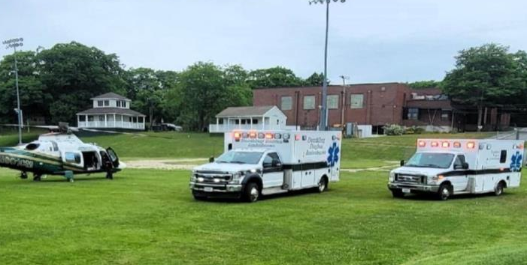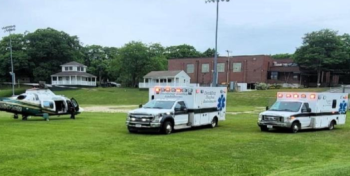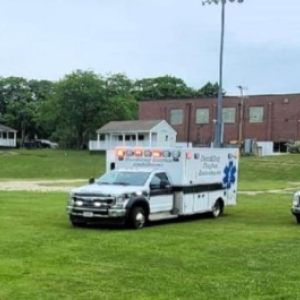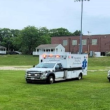The soaring cost of emergency healthcare
As like anything else in today’s world, the cost of everything has gone up. We all feel the pinch at the gas pumps, grocery stores and the big box stores especially. The good news is, these are all costs that we can budget and prepare for. What we can’t do, is forecast when we will have a health emergency. Murphy’s Law shows that it will always happen at the worst times, especially during the worst financial times. Once the emergency is over, is when the real pain starts. We receive the bills from the hospital, the doctors, the specialists, the pharmacy, and from the ambulance service that transported you to the hospital.
“I have often been asked why the cost of Emergency Medical Services (EMS) has gone up so much. My only answer is, the operational costs have gone up, but the rate of insurance reimbursements has not,” said Dan Gardner, the EMS Chief for the Boothbay Region Ambulance Service. “The bite of emergency healthcare costs is not particular to one area, it’s a nationwide problem. EMS struggles with the increasing operational costs and the cost of finding and retaining staffing,” Gardner said.
And what good would it be having staff and no ambulance or equipment? Here in lies another major hurdle that EMS is having to find ways to overcome. The cost of a new ambulance has gone up $60,000.00 in the last two years, and it takes 24-36 months from order to delivery when purchasing an ambulance due to manufacturing shortages.
Gardner said, “I have recently been the guest speaker at some of our local organizations within the region, and I tell them, when I started in EMS in 1989, you could have a brand-new ambulance, fully stocked and in service for between $40,000 and $60,000. Then I’ve asked each group the same question … What do you think a new ambulance cost today? I receive answers that mostly don’t come close to the correct figure. That figure is $400,000.00.”
But wait…. that’s just for the ambulance, empty. That is not the cost to fill it with medical equipment and supplies. Then to add on the insurance, state licensing and inspection. Altogether, that’s another $178,929.48. Bringing the total cost of one ambulance to be placed into service to $578,929.48.
Why does it cost so much? Here is just a small list of equipment that is required on the ambulance, and its cost today:
Power Stretcher: $14,423.00
Power Load System for the stretcher: $65,000.00
Cardiac EKG Monitor: $55,000.00
Lucas CPR Device: $17,780.00
Stair Chair Device: $13,254.00
“I wish I had a crystal ball to be able to see when these costs will level out, and health insurance companies will begin to increase their reimbursement rates which will offset these costs dramatically. Until that happens, I’m not sure how we will all carry the burden of these expenses that continue to rise each year until there is a solid solution brought to the table nationwide,” Gardner said. “Until then, we do our best to curb expenses, fight to get the maximum payments from insurance companies, and rely on community support. The communities that we serve have all been very generous with donations to us, and words cannot describe how grateful all of us at BRAS truly are.”
























